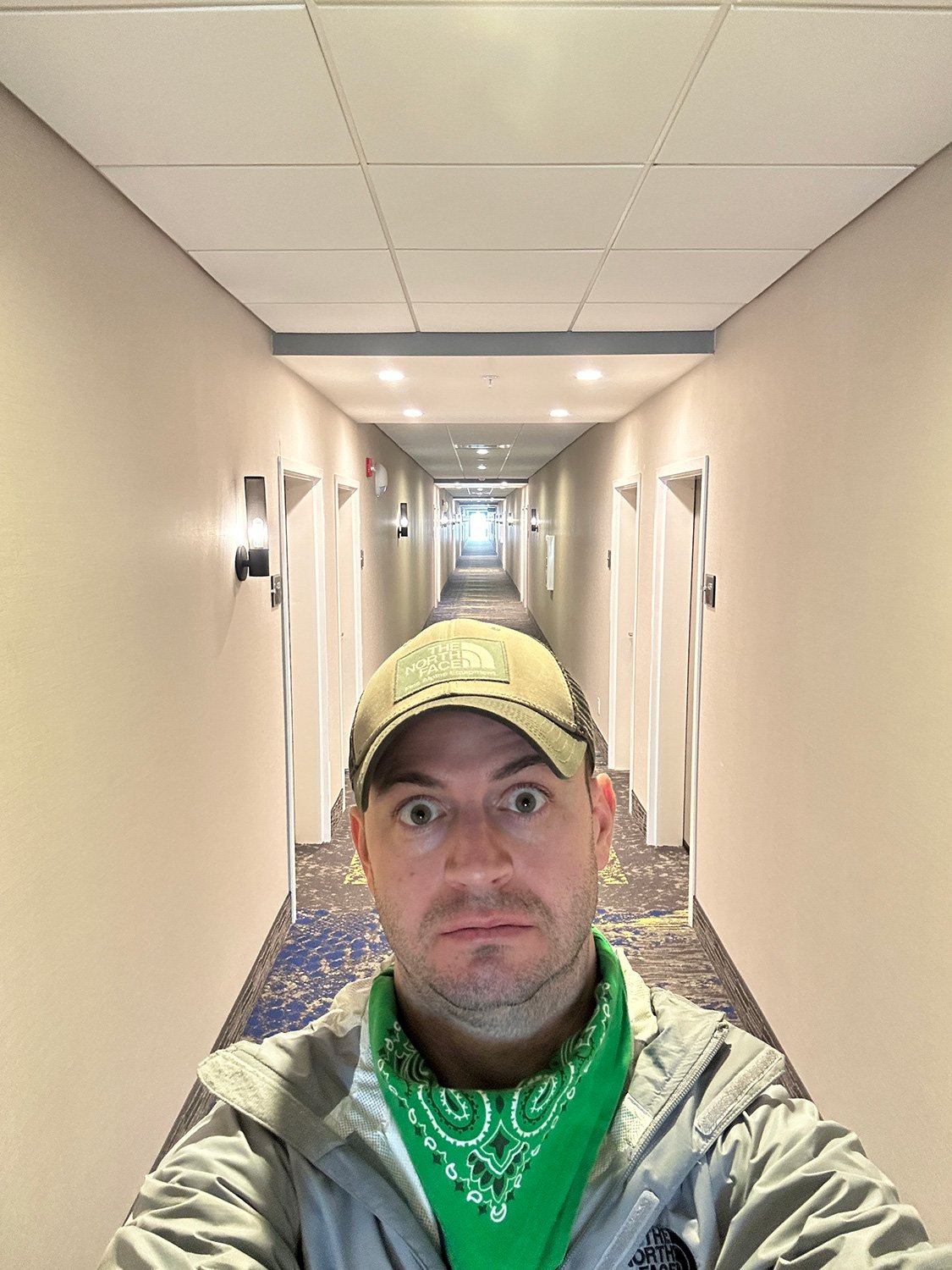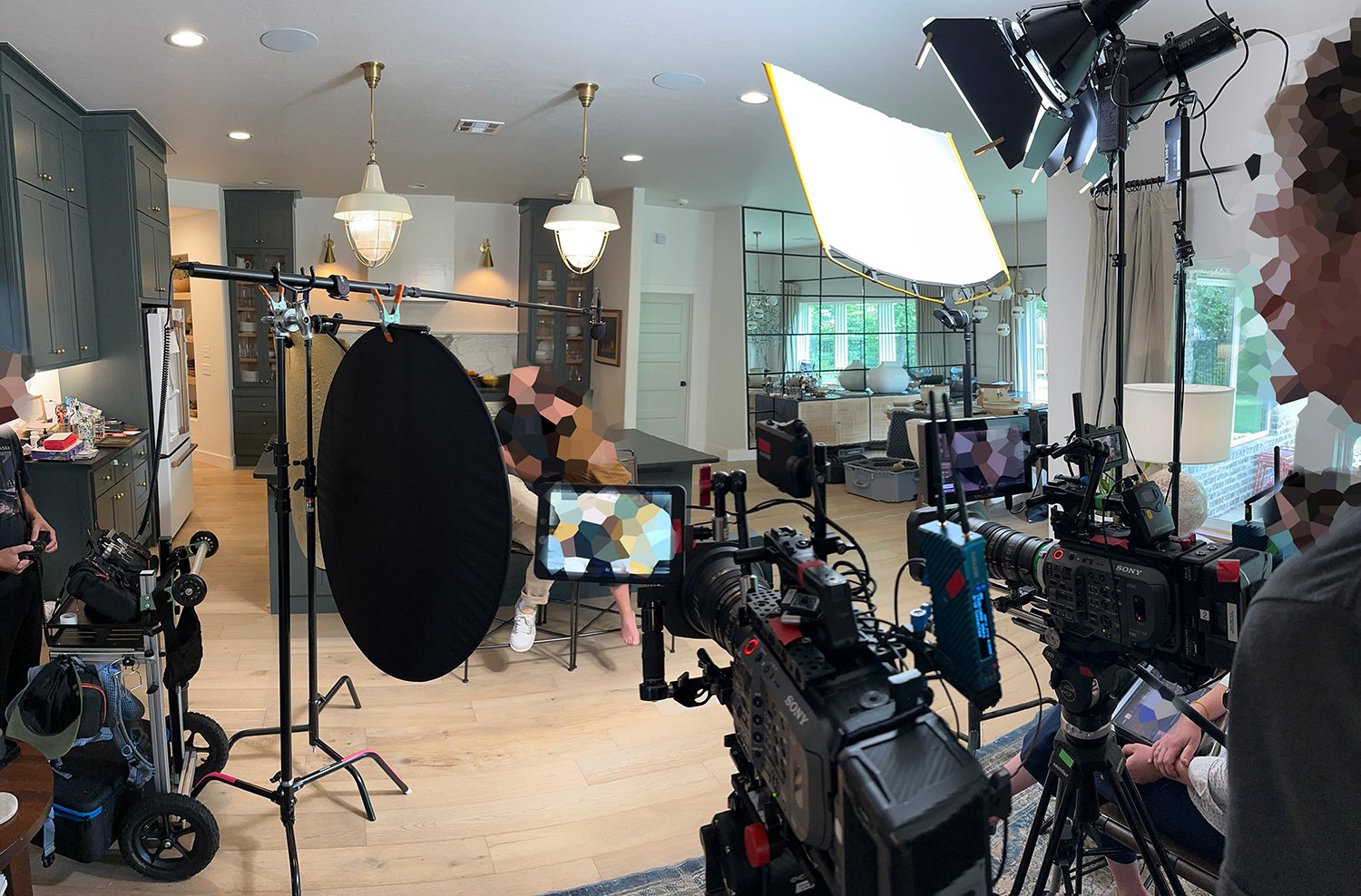It's been slow AF the last few weeks. The last few months. The last few years. It's been a rough few years thanks to covid interruptions, entertainment industry strikes, global economic uncertainly, etc., but just knowing that doesn't make it feel any better. If you're reading this and I've worked with you before or you're looking my direction as a potential vendor or crew member, know I'm crazy grateful for those I've been able to work with and look forward to more opportunities with you down the road.
This past week I've been thinking quite a bit about marketing. My Instagram feed has been flooded lately with sponsored ads from photographers, cinematographers, and production companies. While I'm not here to dump on other creatives trying to claw their way into our attention, I'm certainly not the target audience for what I've been getting – unless it's a Machiavellian attempt by Meta to get me to spend my own money to advertise on their platform.
The professor my Strategic Management class this past week mentioned that "You can have the best product [or service] in the market, but if you're not spending any money on marketing, there's a direct correlation to not selling any products [or services].” As a small business, I don't have a set percentage of my revenue I'm spending on marketing, but there's no reason I shouldn't be considering it.
Right now my obvious marketing efforts include my website which I can put an actual dollar amount to, as well as the networking events I attend and my public facing social media accounts, both of which are much harder to account for. Those social media accounts are free to have, but I do go through financial resources in producing some of the content. There is some strategy involved with what, how, and when I post, but not to the extent of an actual marketing plan. There's also these blog posts, but considering my website traffic, let's just admit they're more of a welcomed distraction from doing actual work that'd advance my professional life and increase my revenues.
Back when I first got started as a cinematographer, demo reels were where it's at. I've still got a handful of my 2006 demo reels on burned DVDs. Pretty sure the only one of those demos that actually got sent out was when I applied for a video producer job at Life.Church at the time. Never got that job BTW. My current demo is the same one I've had since 2018 and made up primarily of personal work. There's footage from a couple paid gigs buried in there, but it's just over 10% of the total edit. I do a great deal of "talking head" type shoots, but that kind of footage doesn't seem to add anything to a demo. For that kind of nonsense, I've got a dedicated page of screen grabs and details that I send out to clients. I know my demo reel should be updated with more recent content, but it's hard to look at the last few year's worth of work without being impossibly critical knowing how slow things have been due circumstances out of my control.
You'd need to speak to someone who's regularly hiring new DPs and cam ops, but I couldn't tell you the last time I seriously paid attention to someone's demo reel let alone sit through the entire thing, especially if it's longer than 60 seconds. I've hired DPs and cam ops over the years for different projects, but it's mostly via connections I already have as well as referrals from the network I've developed. Those connections lead me to that individual's website and at least their Instagram account if I'm not already aware of their work.
Lately I have been more interested in other types of marketing material. One idea is putting out a printed promo of some kind. Possibly something like a photo zine of my still photos and frame grabs from my motion work that'd get sent out to select agencies and creatives. I've been following aPhotoEditor for years and love seeing the photographer promos that get sent in and shared. Can't say I've seen a ton of cinematographers do something like that, but it could be an option. Honestly I'd never heard of zines till I got started on my rubber stamp project a few years back. If you're interested, I've started a YouTube playlist with some references in putting one together.
There's also the idea of a YouTube series that's been bouncing around in my head now for weeks. There's still quite a bit I'd want to flesh out before doing a show, so that's certainly a long ways out if it were to ever happen. I do already have bits and pieces that I'd include in something like that, so it's not completely out of reach. It'd be partly a marketing effort seeing as how it'd showcase the kinds of work I do, but I'm hesitant to be the center of attention like so much of the YouTube content out there; surely there's ways around that.

















